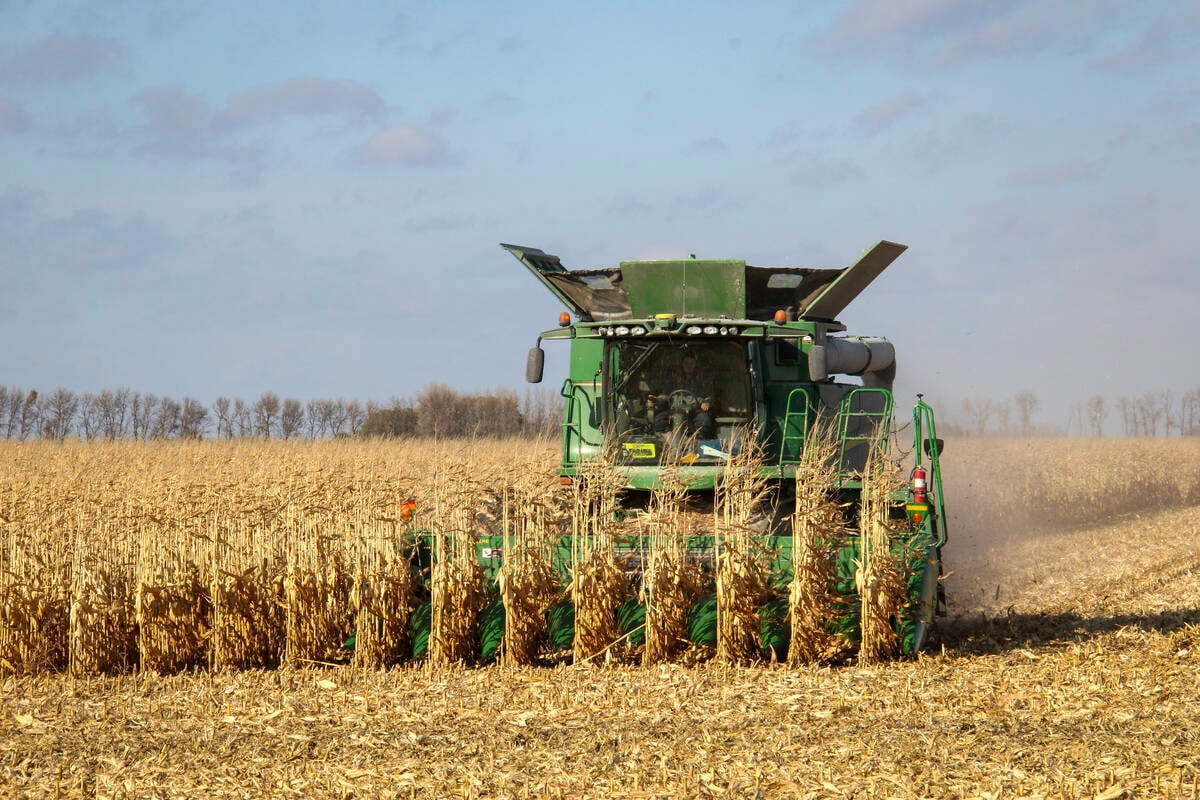March comes in like a lion and goes out like a lamb, according to the old saying that alludes to the idea that storms early in the month are often followed by milder spring weather as the calendar turns to April.
Much of Western Canada welcomed snow in early March and the moisture eased some dryness concerns ahead of seeding. As always, more precipitation will be needed throughout the growing season.
Opinions on what farmers will seed in 2024 should provide a strong undercurrent to the futures markets over the next few weeks and months, as the acreage base sets the stage for weather-dependent production.
Read Also

Manitoba corn research looks for home-based weed control
University of Manitoba researchers want corn growers to have Manitoba-based weed control advice, not U.S. or Ontario-based recommendations.
Average trade guesses call for declines in canola and wheat acreage in Canada this spring compared to year-ago, but opinions are divided. Some market participants still expect to see increases in both crops, despite the poor prices.
Canola acres are estimated at anywhere from 21 million to 22.7 million, which compares with 22.1 million acres in 2023. Wheat area, including durum, is forecast at 26 million to 27.4 million acres, with most guesses below the 27 million acres seeded last year.
The only safe bet is that oats area will be up from the 2.5 million acres seeded a year ago. Pulses also look like a more favourable option compared to some other crops.
In the U.S., the annual fight for acres between soybeans and corn should be heating up. Early expectations see an increase in soybean seedings and a decline in corn, but there is still plenty of time for adjustments to that call. The United States Department of Agriculture releases its planting intentions report on March 28.
Winter wheat
The amount of spring wheat seeded in Canada and the U.S. will influence world prices, but the nearby wheat markets are more closely focused on the state of winter wheat crops across the Northern Hemisphere, especially in Russia.
Russian wheat growing regions have seen above normal snowfall this season, with temperatures never low enough to cause much concern about winterkill. Russian wheat production is likely to remain high in the upcoming year, though below the record levels of the past two years.
While there’s still a long growing season ahead, MarketsFarm is forecasting Russian wheat production in 2024-25 at 87 million tonnes, down by four million on the year, but still well above average. Russia has been aggressively selling old crop wheat at cheap prices into the world market, clearing out bins ahead of the next crop.
















